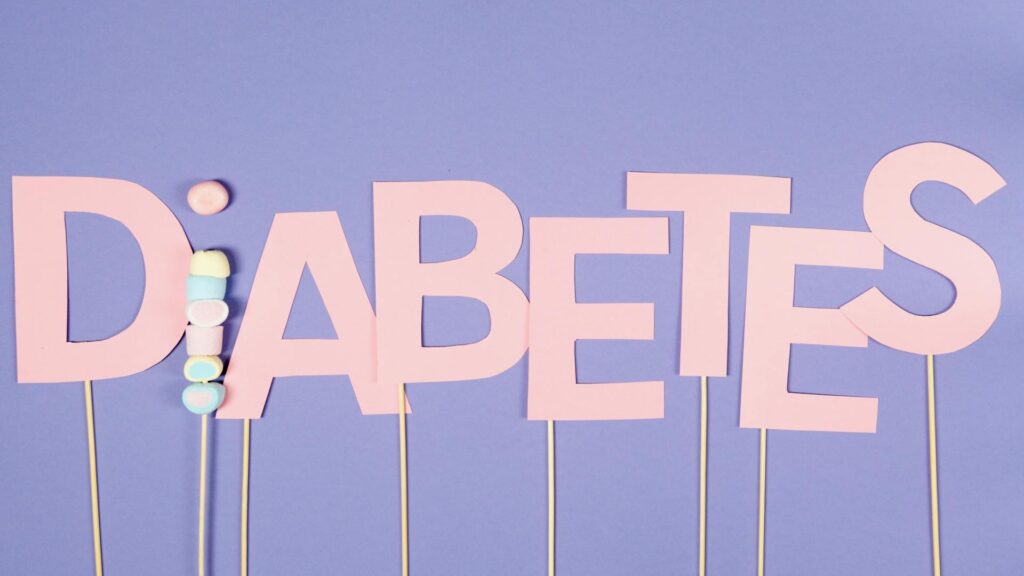While drinking hot coffee at the coffee shop, my eyes fell on an elderly uncle sitting in front of me, who was enjoying his sweets with great pleasure. They still enjoyed sweets at their age surprised me, considering that nowadays many cases of diabetes occur at a young age. Surely that uncle must be very careful about his eating habits and daily exercise. Otherwise, nowadays almost everyone is crazy about fast food and eating outside. Due to this, diseases like diabetes, high tension, depression, and aggressive nature occur at an early age.
It is worth considering that diabetes is gradually developing into a global epidemic. Furthermore, according to a WHO report the increase in diabetes cases will be seen mainly in developing countries. And today, globally, more than 38% of adults aged up to 60 years suffer from diabetes. The reason for this is changing lifestyle with stress, and mental and physical exertion.

Diabetes can also be genetic, but it is mainly a lifestyle-induced condition where sugar levels in the body are exceptionally higher than normal fasting blood sugar levels. Since it is considered a chronic disease, a person must take medication to keep blood sugar (sugar) levels under control. However, there are some effective home remedies for diabetes that can help you manage your sugar levels. Along with home and natural remedies, what you eat during the day for breakfast, lunch, dinner, and all the small meals in between plays a huge role in diabetes management. Switching to a diabetes-friendly diet with low GI foods and some spices and herbs along with regular exercise and sleep works wonders. Apart from this, it can protect you from many diabetes complications in the future.
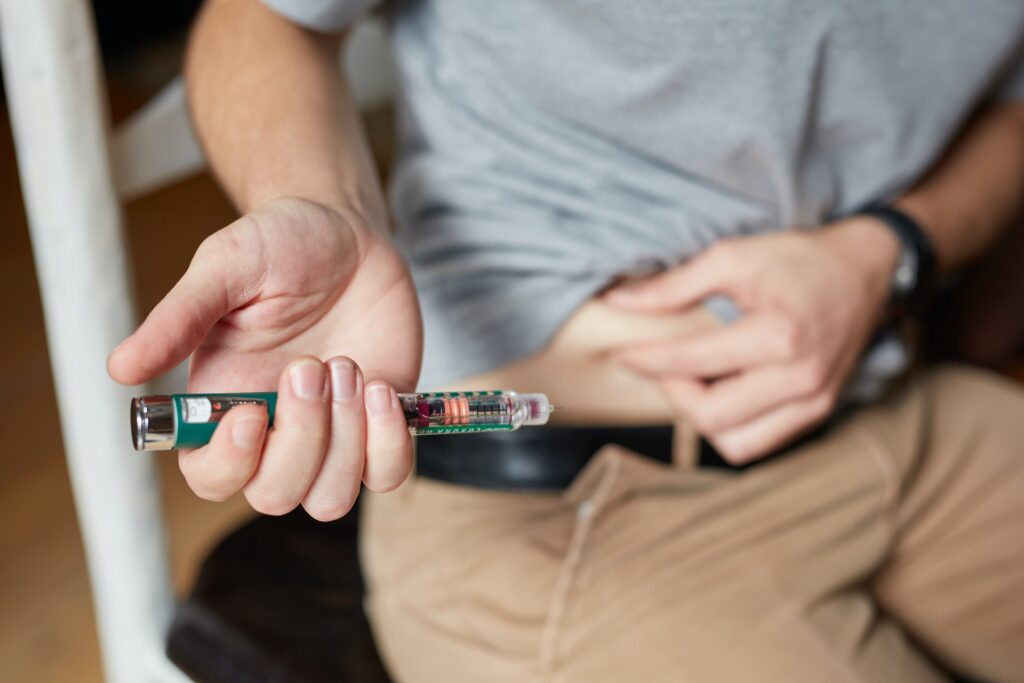
What is diabetes (Sugar):
Diabetes occurs when your blood sugar gets too high. This may happen because your pancreas doesn’t produce enough insulin, or your body doesn’t use the insulin properly. Diabetes can happen to people of all ages. Most types of diabetes are long-term, but you can control them with medications and lifestyle changes.
Types of Diabetes (Sugar):
There are three different types of diabetes: type 1, type 2, and gestational diabetes. Each type of diabetes has its own special symptoms, and you need to use different methods to deal with each.
Type 1 diabetes: In this condition, the body’s defense system, called the immune system, makes mistakes. It attacks and destroys the insulin-producing cells in the pancreas. People with type 1 diabetes must take insulin daily to survive.
Type 2 diabetes: The most common form, type 2 diabetes, usually appears in adulthood. It is mainly associated with lifestyle factors such as unhealthy diet, sedentary lifestyle, and genetic predisposition. Type 2 diabetes can be treated with lifestyle changes, a proper diet plan, and consistent exercise or yoga.
Gestational diabetes: This form that appears during pregnancy usually disappears after childbirth. However, it increases the risk of developing type 2 diabetes later in life.

Causes of diabetes (Sugar):
- Hormonal imbalances.
- Unhealthy Diet.
- Lack of Physical Activity.
- Genetics.
- Obesity.
- High Blood Pressure.
- Pancreatic damage.

Symptoms of Diabetes (Sugar):
- Excessive thirst and frequent dry mouth.
- frequent urination.
- Weakness and early fatigue.
- Unexplained weight loss.
- Blurry vision.
- Numbness or tingling in your hands or feet.
- Gradual healing of a wound or cut.
- Frequent skin and/or vaginal yeast infections.
- Decreased sex drive, decreased muscle strength, or erectile dysfunction.
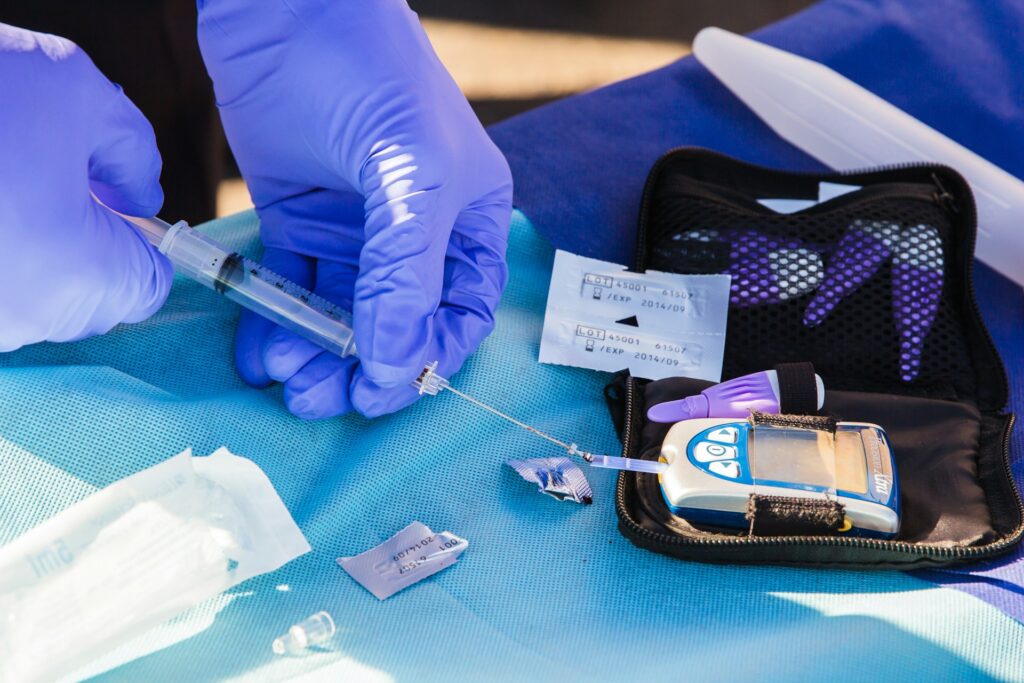
Complications of Diabetes (Sugar):
- Heart Disease
- Kidney Disease
- Nerve Damage
- Vision Problems
- Foot Problems
Home Remedies for Diabetes (Sugar):
Nearly one in ten people in the United States has diabetes, and the number undoubtedly increases with age. Researchers around the world are progressing in the study of diabetes treatment, but more research is needed to draw any conclusions. However, along with allopathic medicines, according to Ayurveda, several medicinal plants have also proven effective in different stages of diabetes, such as Curcuma longa species, cinnamon, aloe vera leaf gel extract and a balanced diet rich in complete nutrients, Grains, vegetables, lean proteins and healthy fats etc. can be a better option for diabetic patients.
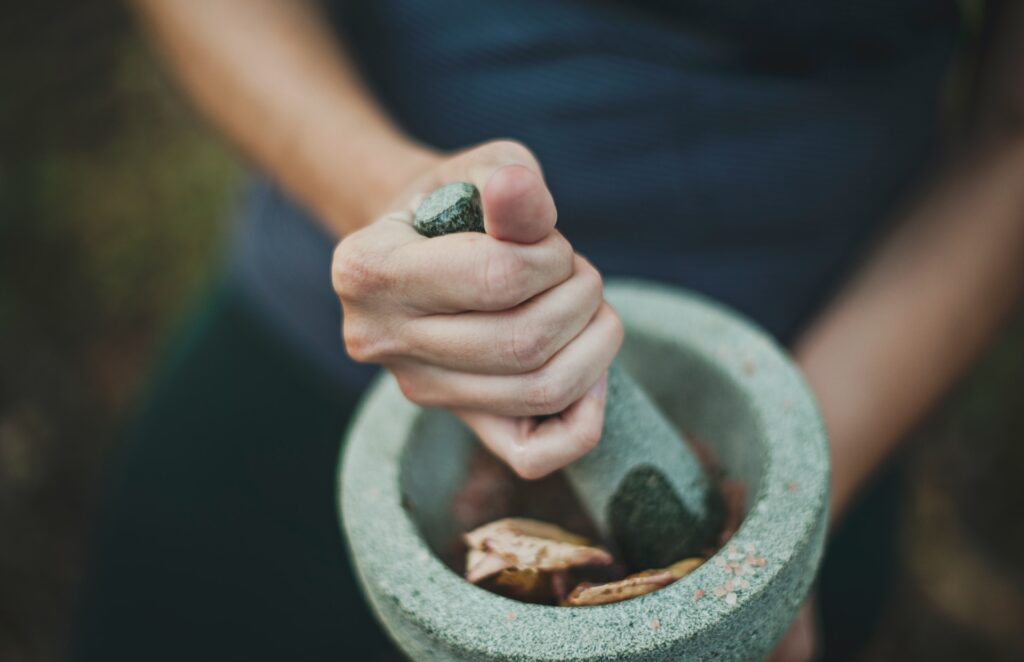
Now as diabetes is increasing like an epidemic, along with medicines, attention will also have to be paid to some home and natural remedies, so that it can be controlled before it increases. Ayurveda has blessed diabetic patients with many remedies to manage their blood sugar levels and avoid the onset of major health complications. Some of the natural and home remedies you can try are as follows:

Azadirachta Indica (Margosa)
Azadirachta Indica, commonly known as margosa, neem, nim tree or Indian lilac, is a tree in the mahogany family Meliaceae. Margosa is a tropical tree and is easily found nearby. You can easily plant it in your home garden or in a big pot. According to Ayurveda, this medicinal plant has great importance. Every part of it, from its leaves, bark, fruit (ellipsoidal drupe), right up to its roots, is used to treat many diseases, for example various diseases like inflammation, skin diseases, dental disorders, fever etc. Along with this, contains essential nutrients like vitamin B, A and C, also rich in calcium, iron. Apart from all this, it is a very good blood purifier, which is a boon for diabetes patients.
Chew 4 to 5 tender leaves of this herb three times a week (alternate day) in the morning. However, its very bitter taste may pose a challenge in chewing, so if there is difficulty, one can dry its juice or leaves, turn them into powder, and drink it with water. Chewing the fruit of this tree named ellipsoidal drupe is also beneficial.
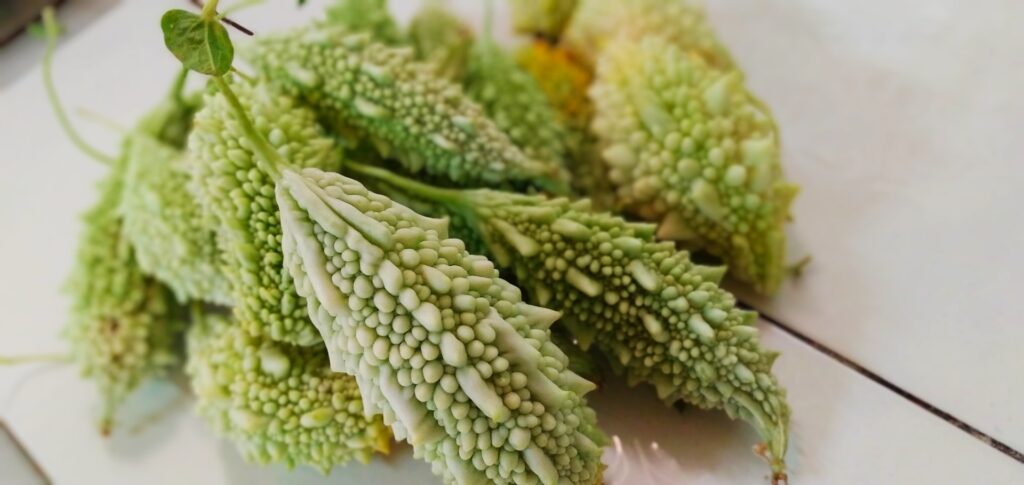
Bitter Gourd
Bitter gourd is very beneficial and good for diabetic patients. This plant contains high amounts of insulin-polypeptide-P, in addition, it is also rich in active substances that have anti-diabetic properties called keratins and momordicins. Which allows it to reduce hyperglycemia, or the amount of sugar in the blood.
You can consume it as a vegetable, and you can also drink raw vegetable juice every morning on an empty stomach. You can include this vegetable app in your diet 2-3 times a week, and if we talk about juice, you can have it every morning on an empty stomach, leaving one day in between.
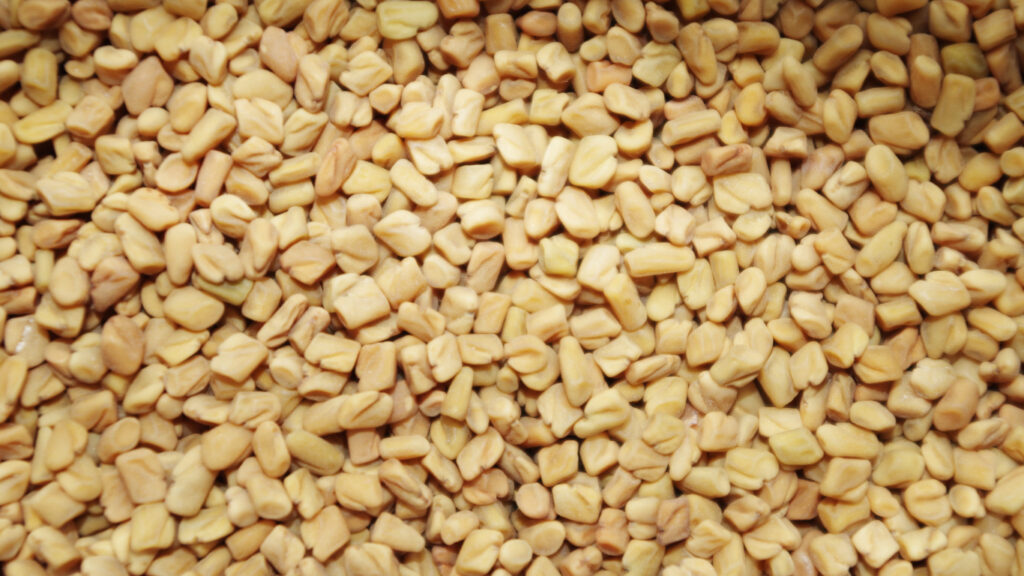
Fenugreek
Besides being used regularly in Asian kitchens, fenugreek is also extremely renowned for its excellent health benefits. It has the power to improve glucose tolerance, reduce blood sugar levels and stimulate glucose-dependent insulin secretion.
Fenugreek is available in two types in the market, green leafy fenugreek and dry granular fenugreek seeds. The amazing thing is that both types of fenugreek are full of medicinal properties.
You can include vegetables made from its leaves in your daily diet.
Soak 2 spoons of grains in water overnight and drink that water slowly in the morning on an empty stomach.
One can grind the seeds into powder and swallow one spoonful of it with lukewarm water in the morning
Consumption of fenugreek seeds is also very beneficial in Arthritis (joint pain).
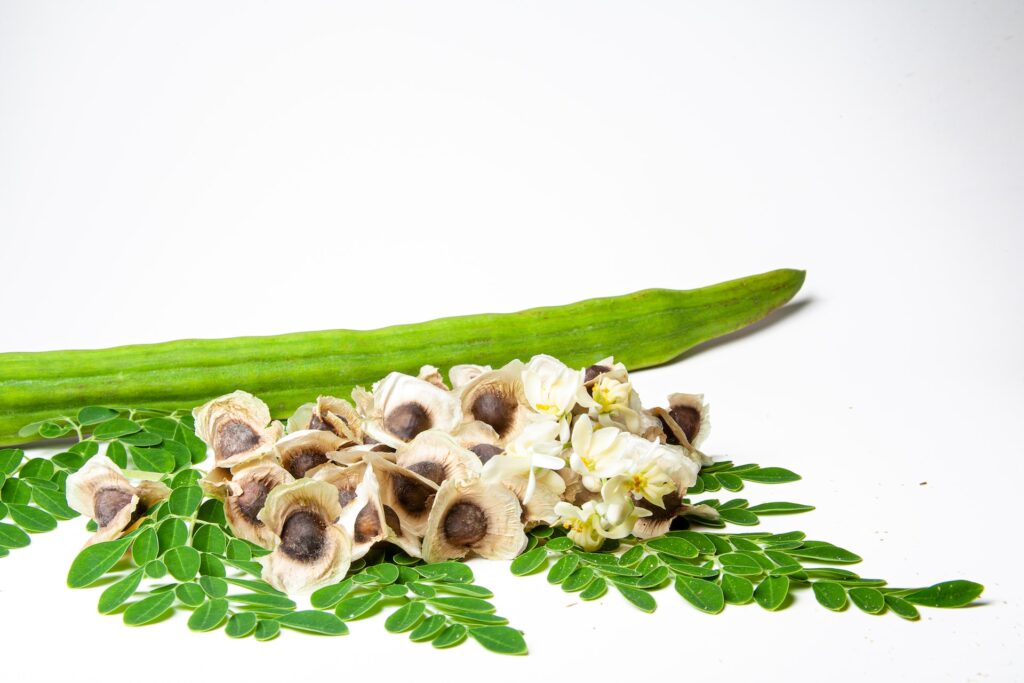
Moringa Oleifera
Like Azadirachta Indica, Moringa oleifera also holds a very prominent place in Ayurveda because of its medicinal properties. It is used extensively in South and Southeast Asia. Its parts right from the leaves to the roots are very effective and cures many types of diseases of the human body with its medicinal and natural properties. It provides a nutritional punch of minerals like iron, calcium and magnesium as well as vitamins including A, C, K, B. Moringa oleifera leaves are also a good source of fiber and protein. Along with this, Moringa oleifera leaves have a known ability to boost energy and maintain blood sugar levels. Moringa oleifera contains nutrients that increase the secretion of insulin in the body and also has anti-inflammatory properties and is rich in antioxidants. This is also done in 3-4 ways, such as:
Moringa oleifera leaves can be added to salads and grinded leaves can be added to curd.
You can consume the leaves and flowers by making them vegetables or by steaming them like spinach and making soups.
Its fruit is also included in the diet in the form of vegetables and soups.
Always keep in mind that this tree has surprisingly valuable medicinal properties like anti-asthma, anti-diabetic, hepatoprotective, anti-inflammatory, anti-fertility, anti-carcinogenic, anti-microbial, and anti-oxidant.
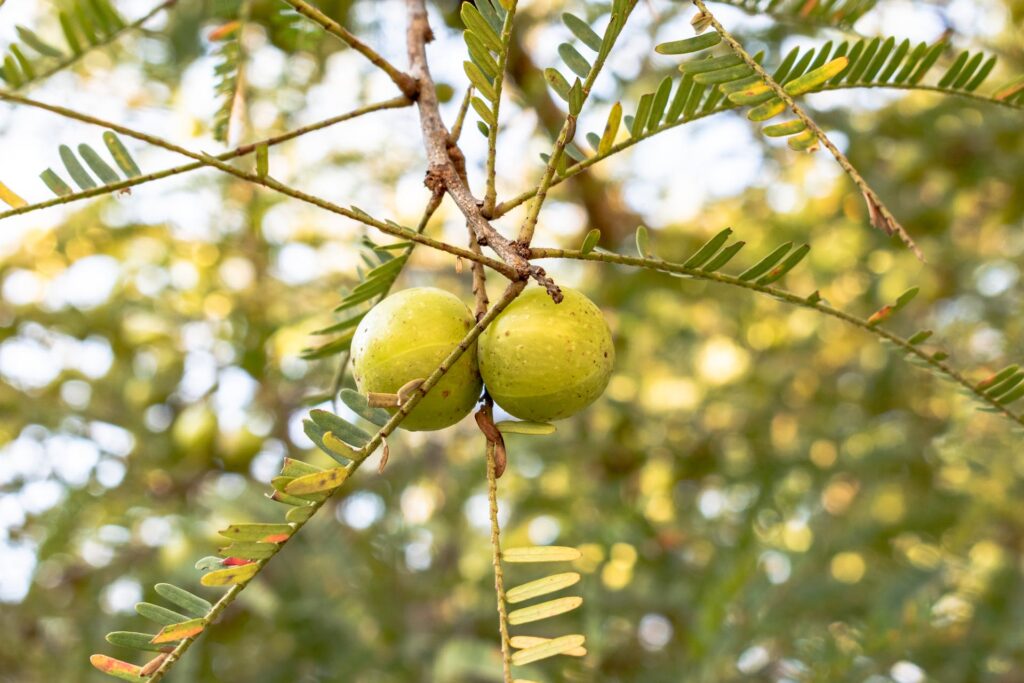
Phyllanthus Emblica (Emblic)
Phyllanthus emblica is a very important herbal medicine, widely used in ancient times in the Unani (Gracio-Arab) and Ayurvedic medical systems. Due to its medicinal properties, it still holds the first and foremost place in Ayurvedic medicine. People use this plant both as a medicine and tonic to regain lost vitality and strength.
Emblic contains lots of polyphenols and vitamin C, which act as powerful antioxidants and help improve your body’s own defenses against harmful substances. Emblic may also have health benefits such as reducing high cholesterol and blood sugar levels, as well as protecting against cancer, inflammation, and digestive and nervous system problems. Studies show that the active compounds of Emblic can keep you healthy and prevent diseases. Although they taste very sour when eaten, they leave a sweet taste in the mouth after some time of eating.
You can consume one or two pieces of Emblic by adding it to any vegetable or soup.
Mix bitter gourd and Emblic juice to get double the benefits. You can take it every morning.
It can also be eaten raw.
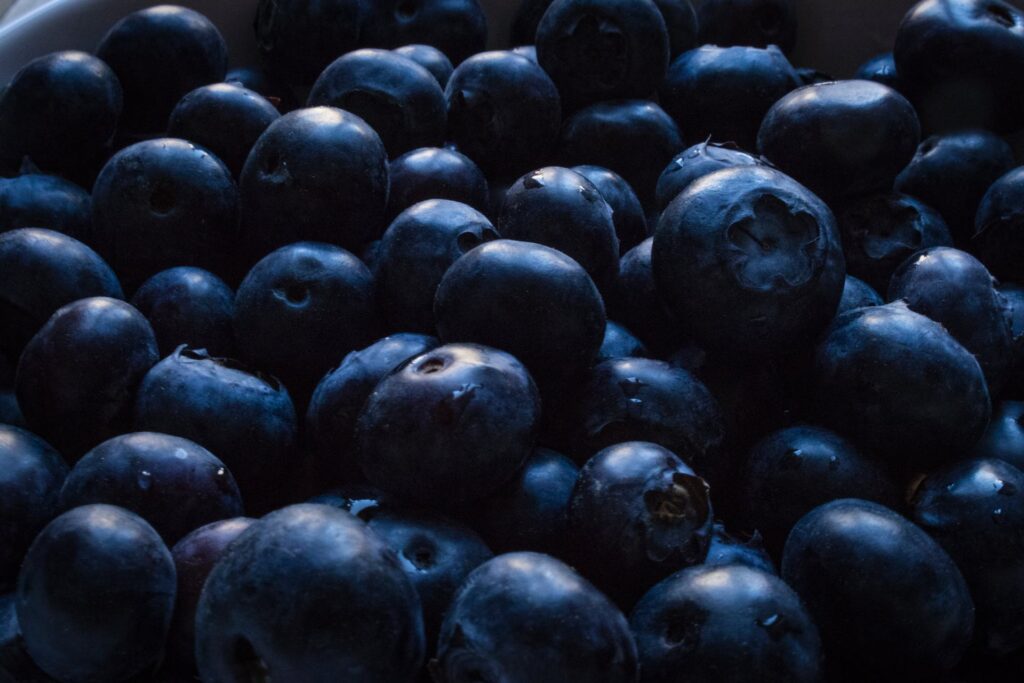
Black Plum (Malabar Plum)
A juicy, sweet, slightly sour fruit with a distinct taste, known for its hypoglycemic properties. Due to its properties, it is full of many benefits like controlling blood sugar level, blood purifying properties, improving hemoglobin and reducing digestive problems.
Black plum can be eaten as a fruit after ripening. And a little black salt enhances the taste even more.
But remember that patients suffering from hypertension should not consume black salt.
Dry its seeds and make powder, and mixing 1 tablespoon powder in a glass of lukewarm water and drinking it in the morning on an empty stomach provides relief to blood sugar patients.
Here are a few tips to keep in mind:
- Water: Diabetes increases the risk of dehydration. To reduce excess glucose, our kidneys try to remove excess sugar through urine. That is why a diabetic patient should drink more water on average.
- Proper eating habits: A balanced diet is very important for the good health of a diabetic patient. Diabetic patients should make their diet plan rich in fiber, such as whole grains, whole fruits, and vegetables. Green leafy vegetables are especially important, beans, broccoli, kale, chard, collard greens, chard, peas, beans, seeds, and nuts. Etcetera.
Remember that the patient will have to immediately stop taking foods like white bread, white rice, potatoes, white sugar, and white pasta.
- The sunlight: For diabetic patients, exposure to sunlight for at least 30 minutes every morning can help them avoid Vitamin D deficiency. You can also include foods rich in Vitamin D in your daily diet. Some of these are soy milk, orange juice, curd, and cheese.
- Stress Management: The surprising thing is that blood sugar increases more due to stress than eating sweets. So always remember that you should not take tension. Deep breathing, walking, meditating, exercising, pursuing a hobby, gardening, and listening to your favorite music can help relieve stress.
- Exercise: Along with a balanced diet, a diabetic patient must also take time for exercise. Actually, the blood of a diabetic patient becomes thick due to excess sugar, due to which problems like frozen shoulders, locked joints, and strained muscles often occur. Daily walking, light exercise, and some yoga asanas help in maintaining proper blood circulation in the body and reducing the problems caused by diabetes.
Best Practices to do at the Gym for Diabetes:

- Walking
- Cycling
- Aerobics
- Water aerobics
- High-intensity interval training
- Strength Training
Best Yoga Asanas for Diabetes:

- Dhanurasana (Bow-pose)
- Balasana (Child-pose)
- Bhujangasana (Upward-Facing Dog pose)
- Shavasana (Corpse-pose)
- Tadasana (Mountain pose)
In short, diabetes, marked by high blood sugar levels, is a growing global concern due to changing lifestyles and increasing stress. Along with medicines, including Ayurvedic remedies like some homemade or natural herbs like Neem, Bitter Gourd, Fenugreek, Moringa Oleifera and Emblic in a nutrient-rich diet helps in effective diabetes management.
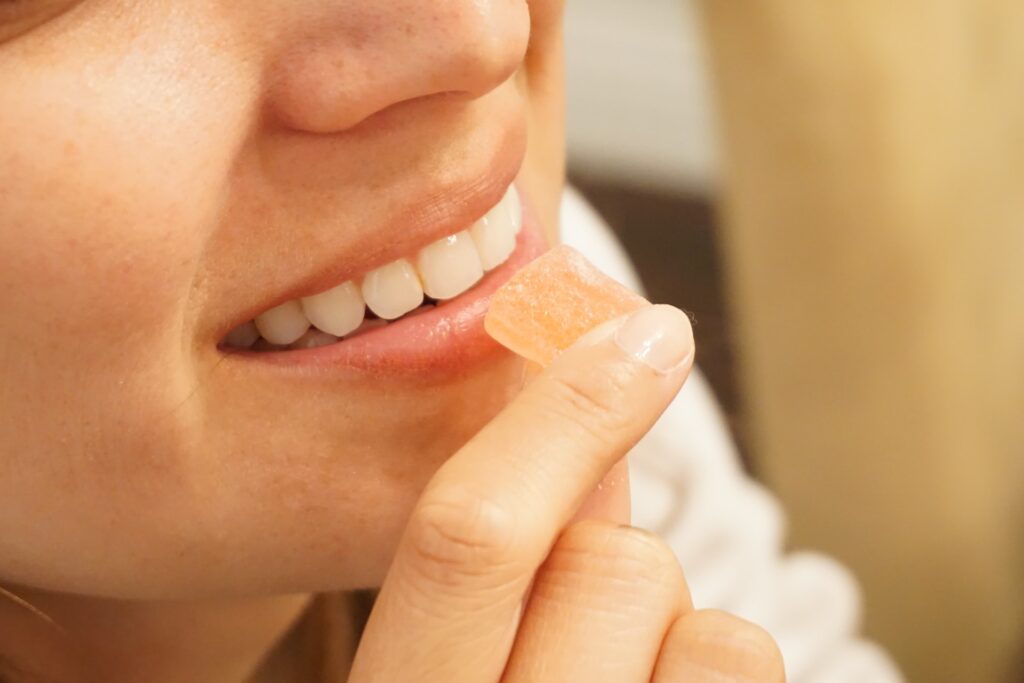
In addition to treatment, lifestyle changes are important contributions to enjoying your favorite food in long and old age.

